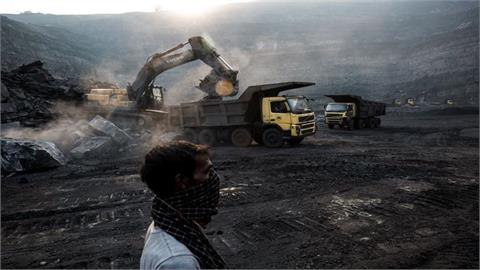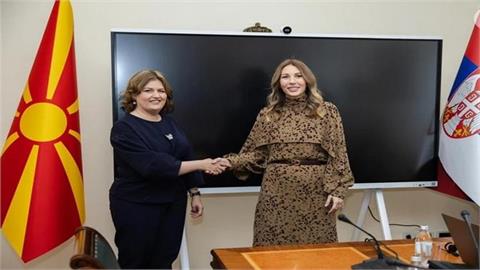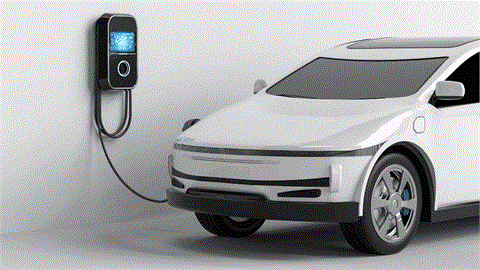Slovenia offers great potential for exploiting photovoltaic energy due to evenly spread solar irradiation. The first photovoltaic power plant in Slovenia was set up in 2001. At the end of 2017, 4,231 photovoltaic power plants had been installed
Authors: Dunja Jandl (Partner) and Urša Jozelj (Associate) at CMS Reich-Rohrwig Hainz – Slovenian branch
Slovenia offers great potential for exploiting photovoltaic energy due to evenly spread solar irradiation. The first photovoltaic power plant in Slovenia was set up in 2001. At the end of 2017, 4,231 photovoltaic power plants had been installed in Slovenia with a total power of 267 MW.
Parliament and Government are in the process of adopting or have already adopted several amendments to the energy legislation related to renewable energy. Previously, power plants were only eligible for guaranteed purchase by the support scheme for energy production from renewable energy sources and high-efficiency cogeneration if their maximum power was less than 1 MW. The new draft of the Slovenian Energy Law ("EZ-1”), which is currently making its way through the legislature, halves that limit to 500 kW. The rules regulating support for electricity generated from renewable energy sources and high-efficiency cogeneration will have to be amended to bring them in line with the proposed changes to EZ-1.
Net-metering
In March 2019 the Slovenian Government adopted the renewed Regulation on Self-Reliance on Electricity from Renewable Sources ("Regulation”), which regulates the net-metering model. The net-metering model was first introduced in Slovenia in 2015 and has proved a great success. There are (as of the end of 2018) around 2000 self-supply power plants in Slovenia. The recently adopted Regulation, applicable from 1 May 2019, makes several amendments to the model.
The new Regulation now provides for the following self-supply types:
Individual self-supply
the charging power (in kW) of the self-supply device (i.e. photovoltaic power plant) must not exceed 0.8 times the connection power of the respective measuring point of the internal electrical installation of the building to which it is connected;
the owner of the self-supply device can be either an end-consumer or a third party;
Self-supply of multi-dwelling buildings
the charging power (in kW) of the self-supply device (i.e. photovoltaic power plant) must not exceed 0.8 times the connection power of the respective measuring point of the internal electrical installation of the building to which it is connected;
the owner of the self-supply device is a group of end-users who use electricity for their own needs through two or more measuring points of the same multi-dwelling building;
Self-supply of "RES communities”
the charging power of the self-supply community device must not exceed 0.8 times the sum of the connection power of all measuring points included in each self-supply community;
measuring points of the group of end-users are not tied to the internal installation of the same building or location, but to the two or more different measuring points, which are located nearby and connected to the same transformer station;
the owner of the self-supply device may be the community of end-users or a third party.
While the same person had to own the power plant and the metering point under the old self-supply regulation, the new Regulation allows a third person to own the power plant.
By allowing "RES communities” to be supplied by energy from RES, the net-metering model is now available to end-users whose buildings preclude power plant construction, because, for example, the building location has low solar irradiation.
The main advantage of the self-supply system is that the self-supplier only pays the difference between the amount of electricity received from the grid and the amount of electricity supplied to the grid by the power plant. The new Regulation allows the energy surplus to be transferred to the supplier for payment.
The calculation of electricity and network charges, taxes or other charges levied on the amount of electricity, only takes into account the difference between the amount of electricity consumed from and transferred to the grid (in kWh), as recorded by the respective measuring point at the end of the accounting period—i.e. at the end of the calendar year.
Prior to connecting the self-supply device to the building’s internal low-voltage electrical installation, the user of the system or owner of the plant must obtain the electricity distribution system operator’s consent.
Incentives for producing electricity from photovoltaic plants
Solar electricity has always been associated with high costs, which is why support schemes are still important for generating investment in renewable energy production.
The incentives are granted in a tender procedure managed by the Energy Agency of the Republic of Slovenia. Power plant operators may choose between:
guaranteed purchase, where the Centre for RES/CHP in the framework of Borzen, d.o.o. ("Borzen”) buys the electricity from the producer and sells it to the market; and
operating premium, where the producer sells the energy on the market and Borzen only pays a premium as the difference between the full ("guaranteed purchase”) price and the market price, which is determined yearly ex-ante.
The maximal power capacity of a photovoltaic power plant must not exceed 10 MW in order to be eligible for the support scheme. Guaranteed purchase is only possible for power plants with maximum power capacity of less than 1 MW. As mentioned in the introduction, the new EZ-1 draft reduces the limit from 1 MW to 500 kW.
Incentives for photovoltaic power plants
In order to manage the construction and installation costs of the photovoltaic power plant, investors may apply for favourable loans or grants from the Eco Fund, the Slovenian Environmental Public Fund. Project loans for photovoltaic power plants are also available from commercial banks, usually under less favourable terms and conditions.
A new public invitation to tender to co-finance the purchase and installation costs of the photovoltaic power plants for the period 2019-22 was published in March 2019. The indicative amount of available funds is EUR 10.0 million and may cover up to 20% of investment costs, which include:
purchase and installation of the plant,
purchase and installation of energy storage,
related electrical installation and equipment,
preparation and execution of installation work,
costs of outsourcing services,
information and communication costs, and
costs of professional construction supervision services in the amount of 3% of the eligible costs of the operation.
The recent and anticipated amendments to the legislation accompanied by financial measures are important steps towards achieving binding renewable energy targets. They should also contribute to the boom of the photovoltaic industry.
(read the article by Balcan Green Energy News: https://balkangreenenergynews.com/photovoltaic-power-plants-in-slovenia/)
.jpg)



